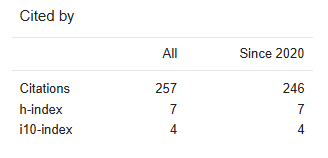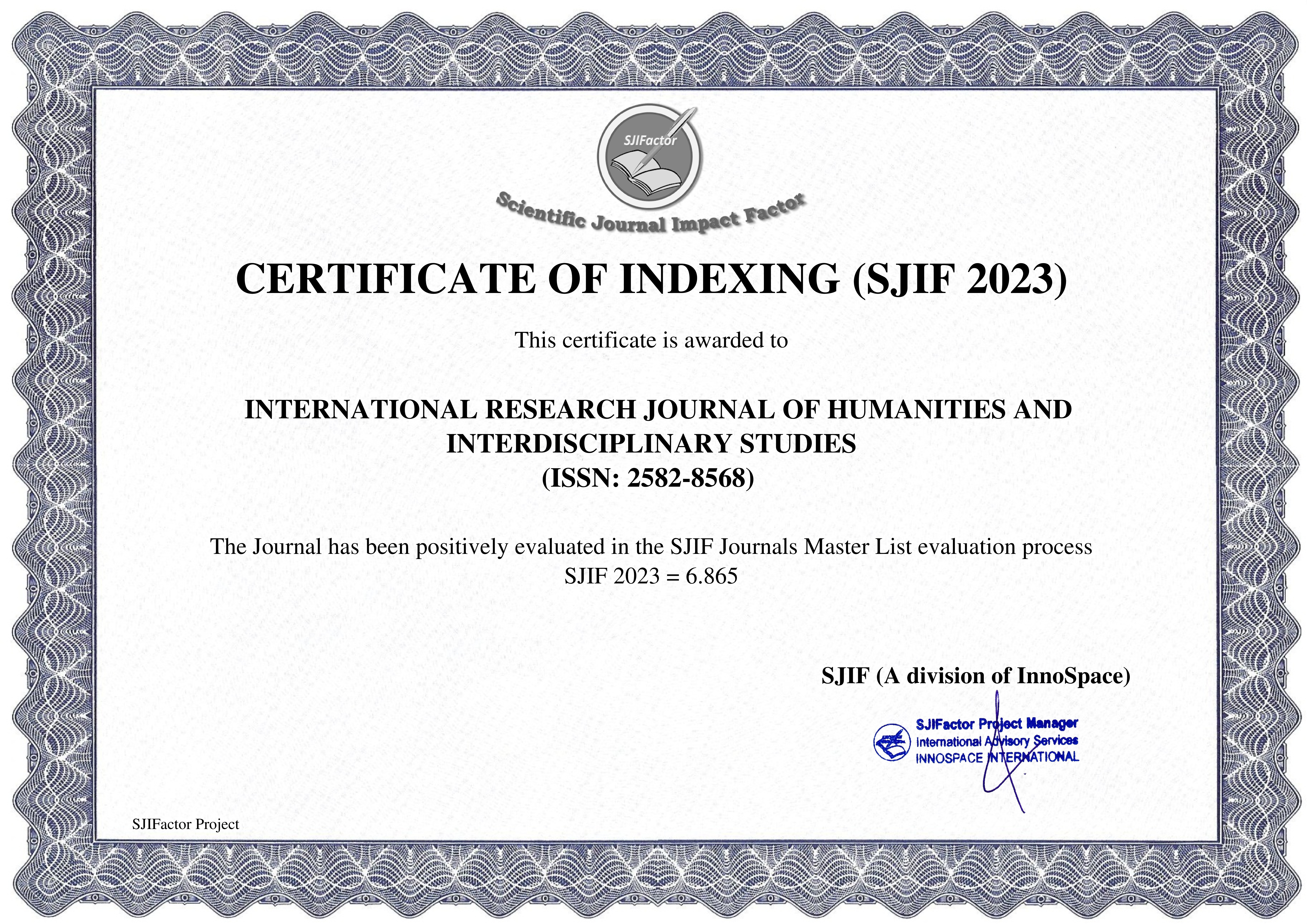Paper Details


Call For Papers
Volume 06, Issue 11
Frequency: 12 Issue per year
Paper Submission: Throughout the Month
Acceptance Notification: Within 2 days
Areas Covered: Multidisciplinary
Accepted Language: Multiple Languages
Journal Type: Online (e-Journal)
Announcement

Publish books with ISBN Number
- Edited Book
- Text Book
- Ph.D Thesis
- Conference Proceedings
ISSN Number:
2582-8568
Journal DOI No:
03.2021-11278686
Title:
Factors Influencing the Adoption of Buy Now Pay Later (BNPL) Services Among Young Adults in Urban India: An SPSS-Based Analysis.
Authors:
Cite this Article:
,
Factors Influencing the Adoption of Buy Now Pay Later (BNPL) Services Among Young Adults in Urban India: An SPSS-Based Analysis., International Research Journal of Humanities and Interdisciplinary Studies (www.irjhis.com), ISSN : 2582-8568, Volume: 6, Issue: 11, Year: November 2025, Page No : 51-57,
Available at : http://irjhis.com/paper/IRJHIS2511009.pdf
Abstract:
Buy Now Pay Later (BNPL) services have surged in popularity, particularly among young adults (18-30 years) in India. This study aims to identify and analyze the key factors influencing the adoption and usage patterns of BNPL among this demographic in major urban centers. A quantitative research design was employed, utilizing a structured questionnaire administered online to a sample of 500 young adults in Tier-1 Indian cities. Data collected on demographics (age, income, occupation), financial literacy (self-assessed), perceived ease of use, perceived usefulness, social influence, and BNPL usage frequency were analysed using IBM SPSS Statistics (Version 28). Statistical techniques included descriptive statistics, chi-square tests, independent samples t-tests, ANOVA, Pearson correlation, and binary logistic regression. The SPSS analysis revealed that perceived ease of use (sig. < 0.01) and perceived usefulness (sig. < 0.01) were the strongest predictors of BNPL adoption. Social influence (peer usage) also showed a significant positive correlation (r = 0.45, p < 0.05). Interestingly, while income level showed a significant association with frequency of BNPL use (ANOVA F=..., p < 0.05), self-assessed financial literacy did not significantly predict initial adoption in the logistic regression model (p > 0.10), suggesting adoption may be driven more by convenience than financial acumen. The findings highlight the critical role of user experience and perceived benefits in driving BNPL adoption among young Indians. The lack of correlation with financial literacy raises concerns about potential overuse and debt accumulation. These insights are valuable for BNPL providers in designing user-centric products, for policymakers in formulating consumer protection regulations, and for financial educators in developing targeted awareness programs.
Keywords:
Buy Now Pay Later (BNPL), FinTech, Consumer Finance, Adoption Behavior, SPSS, Financial Literacy, Young Adults, India.
Publication Details:
Published Paper ID: IRJHIS2511009
Registration ID: 22138
Published In: Volume: 6, Issue: 11, Year: November 2025
Page No: 51-57
ISSN Number: 2582-8568
Download Full Paper: Click Here
Article Preview:





